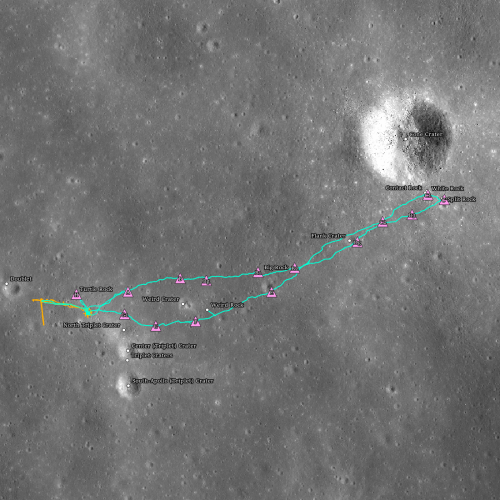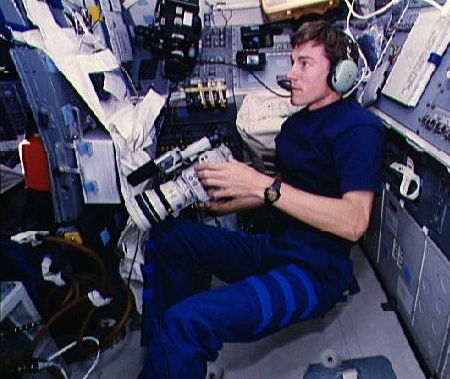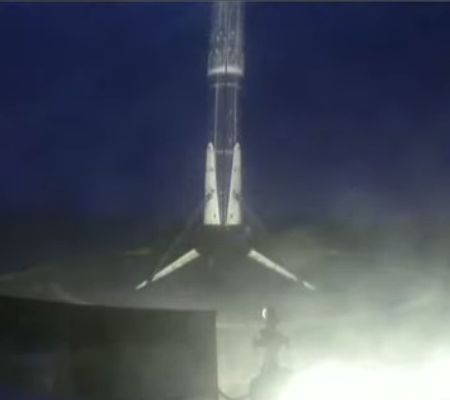Apollo 16 Lunar Rover “Grand Prix”
An evening pause: This seems especially appropriate with the arrival of another rover on Mars last week.
On their first day of three on the lunar surface, John Young and Charles Duke deployed their rover and took it for a test drive before heading out to nearby Plum Crater for two hours of sample gathering and exploration.
This footage shows Young driving with Duke filming and reporting what he sees. The goal was to gather engineering data on how the rover’s wheels functioned in the very dusty lunar soil.
This short clip nicely illustrates the ambitious achievement of the American Apollo missions that should give pause to any arrogant modern young engineer. This was before home computers and CAD-CAM. It was designed by hand and slide-rule, using inches, pounds, and feet. And it worked, and worked magnificently. Oh if we today could only do as well.
Hat tip Björn “Local Fluff” Larsson.



